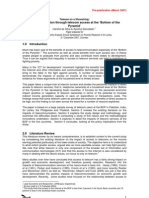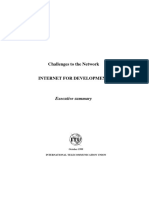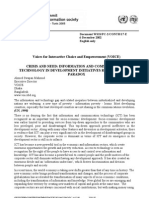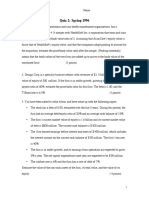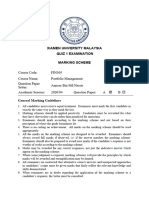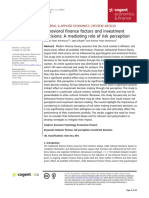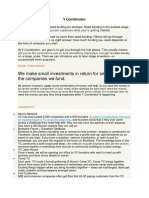0% found this document useful (0 votes)
7 views4 pagesTelecommunication in Developing Countries
The document discusses the challenges and constraints faced by telecommunications in developing countries, highlighting underinvestment and limited access to services, particularly in rural and low-income urban areas. It emphasizes the significant disparity in telephone density compared to industrial nations and the inefficiencies caused by inadequate infrastructure and management. The World Bank plays a crucial role in financing and advising on telecommunications projects to improve service delivery and expand access, particularly in underserved regions.
Uploaded by
sunnytataCopyright
© © All Rights Reserved
We take content rights seriously. If you suspect this is your content, claim it here.
Available Formats
Download as PDF, TXT or read online on Scribd
0% found this document useful (0 votes)
7 views4 pagesTelecommunication in Developing Countries
The document discusses the challenges and constraints faced by telecommunications in developing countries, highlighting underinvestment and limited access to services, particularly in rural and low-income urban areas. It emphasizes the significant disparity in telephone density compared to industrial nations and the inefficiencies caused by inadequate infrastructure and management. The World Bank plays a crucial role in financing and advising on telecommunications projects to improve service delivery and expand access, particularly in underserved regions.
Uploaded by
sunnytataCopyright
© © All Rights Reserved
We take content rights seriously. If you suspect this is your content, claim it here.
Available Formats
Download as PDF, TXT or read online on Scribd
/ 4





